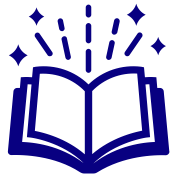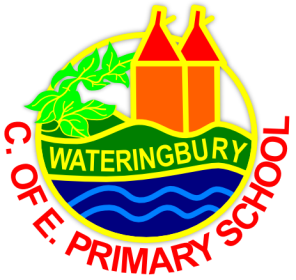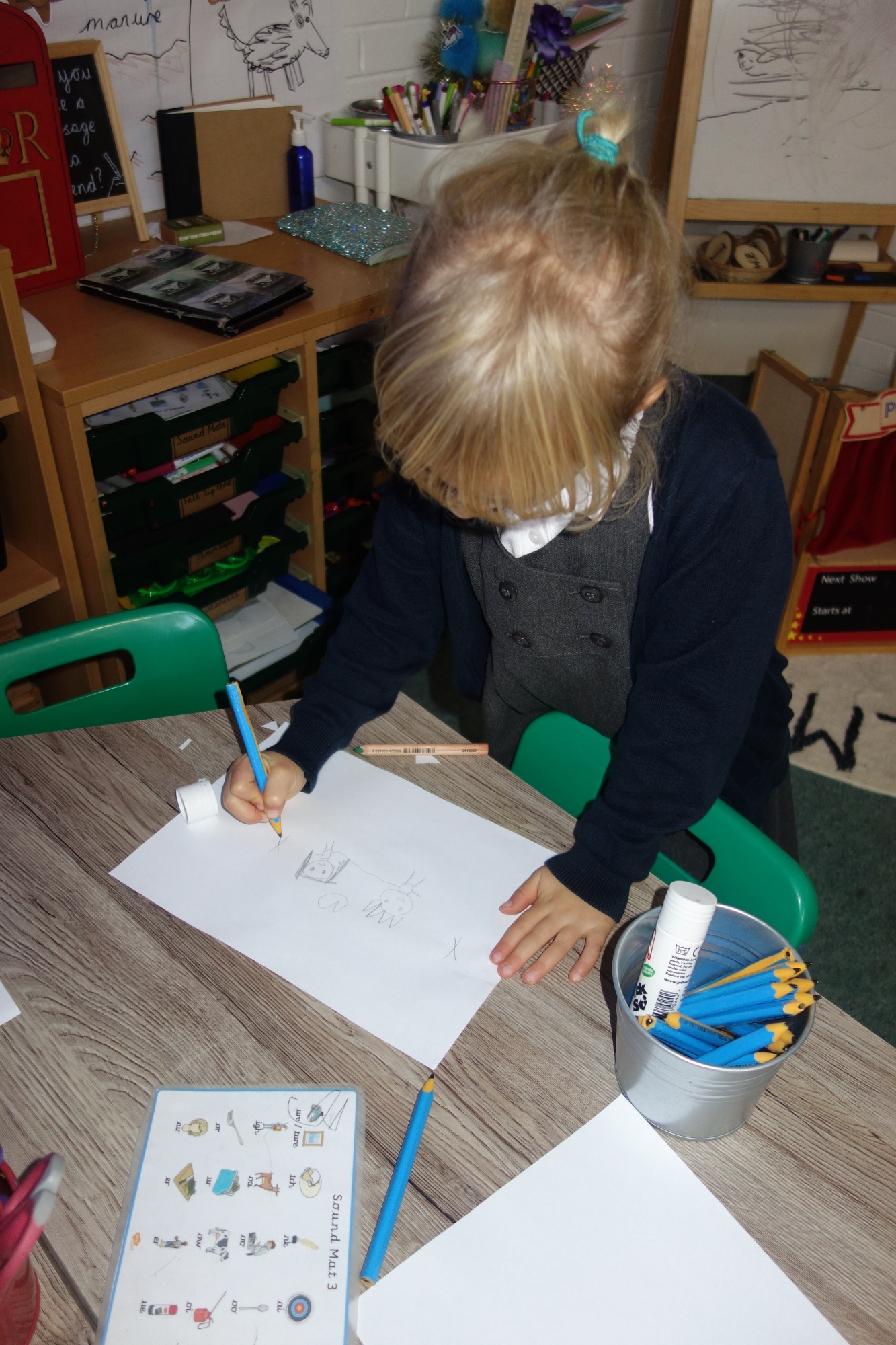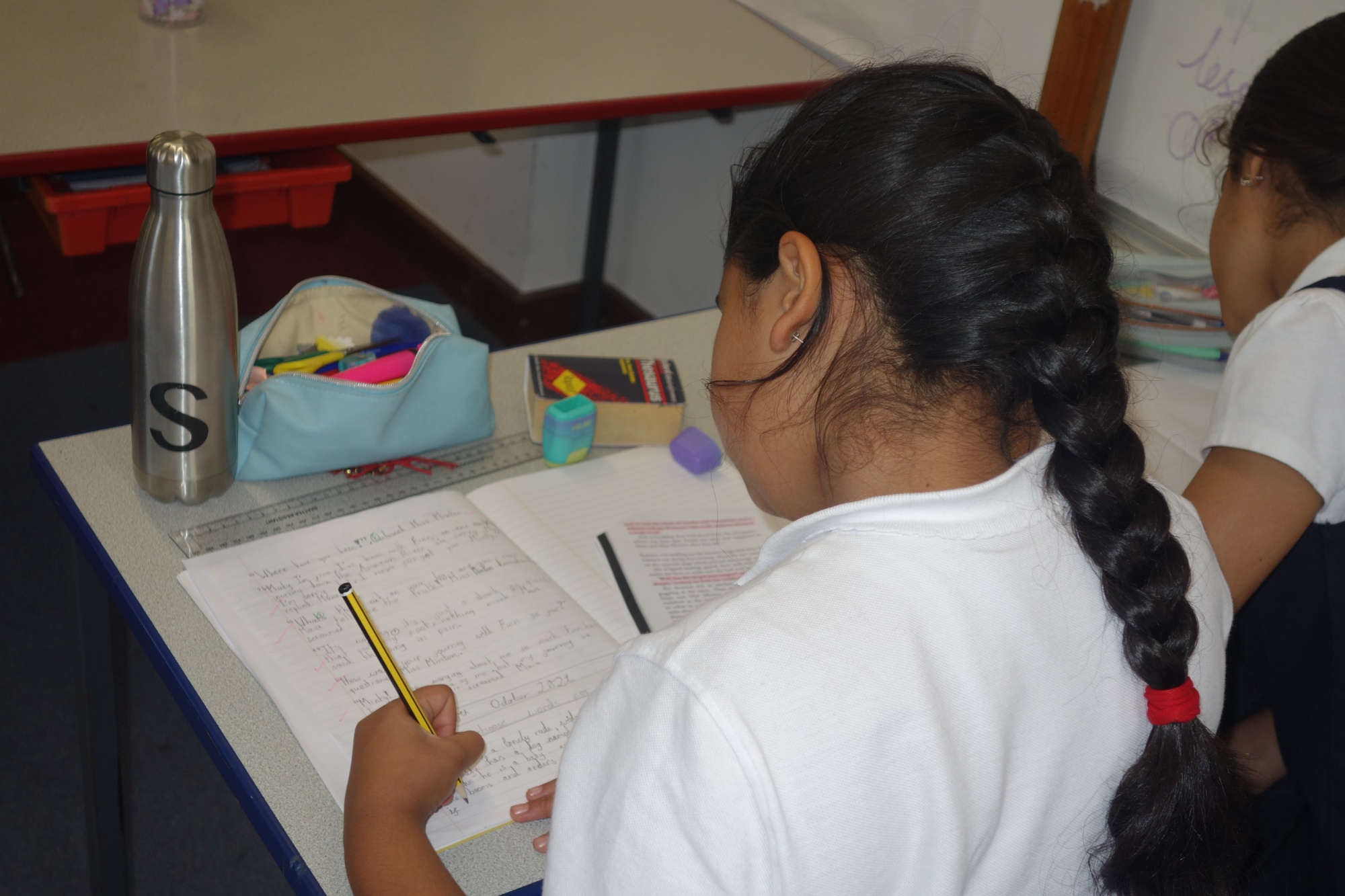English

We use Floppy's Phonics to support our teaching of phonics and early reading. For information about the scheme visit https://floppysphonics.com.
AIMS
The overarching aim for English in the national curriculum is to promote high standards of language and literacy by equipping pupils with a strong command of the spoken and written word, and to develop their love of literature through widespread reading for enjoyment.
The national curriculum for English aims to ensure that all pupils:
- read easily, fluently and with good understanding
- develop the habit of reading widely and often, for both pleasure and information
- acquire a wide vocabulary, an understanding of grammar and knowledge of linguistic conventions for reading, writing and spoken language
- appreciate our rich and varied literary heritage
- write clearly, accurately and coherently, adapting their language and style in and for a range of contexts, purposes and audiences
- use discussion in order to learn; they should be able to elaborate and explain clearly their understanding and ideas
- are competent in the arts of speaking and listening, making formal presentations, demonstrating to others and participating in debate
The purpose of our English curriculum is to engage and enthuse learners through quality first texts which leads to an enthusiasm to write. Our aim is that children leave Wateringbury as readers and writers with the ability to use and apply these skills in their futures.
TEACHING METHODS
We ensure this happens through:
- The use of quality, age-appropriate texts which stimulate and challenge the children through high level vocabulary, engaging subject matter and which creates links across the curriculum.
- A range of shared reading experiences which leads to children writing in a range of genres using previously taught skills.
- Opportunities to write across curriculum subjects using the skills learnt in English.
- Feedback which is precise and timely and allows children to develop their skills.
- Robust assessment which identifies gaps and allows both teachers and children to understand where they are in their learning journey.
- In EYFS and KS1, children are given opportunities to learn, use and apply phonics across the curriculum.
- In KS2 we use high quality texts linked to other curriculum areas which allows children to develop their knowledge and understanding and to create links.
- Across the school we develop spelling through the teaching of phonetically decodable words, high frequency words, spelling rules and through the promotion of vocabulary from texts. Regular mini spells supplement and support the idea of ‘sticky knowledge’ and encourage children to recall taught spellings and rules.
- Regular whole class, small group and individual reading sessions support both reading aloud and understanding texts. These reading sessions will regularly be outside of the English lesson to ensure children don’t see reading as a discrete subject.
Why do we teach it in this way?
- Children will leave with a love of reading having read a range of texts across a range of genres.
- Children will be able to write across a range of genres and use:
- Well-thought-out out vocabulary choices.
- Punctuation.
- Age-appropriate spellings.
Each class has a list of key texts used in English lessons across the year to teach a variety of genres.
You can find our reading spine below.
Through the use of texts, children have opportunities to write in a range of genres and you can find these below.
HOW CHILDREN LEARN IN ENGLISH
Reading threshold concepts:
- Read words accurately
This concept involves decoding and fluency.
- Understand texts
This concept involves understanding both the literal and more subtle nuances of texts.
The essential characteristics of Wateringbury readers:
-
Excellent phonic knowledge and skills.
-
Fluency and accuracy in reading across a wide range of contexts throughout the curriculum.
-
Knowledge of an extensive and rich vocabulary.
-
An excellent comprehension of texts.
-
The motivation to read for both study and for pleasure.
-
Extensive knowledge through having read a rich and varied range of texts
Writing threshold concepts:
Transcription
- Present neatly
This concept involves developing an understanding of handwriting and clear presentation.
- Spell correctly
This concept involves understanding the need for accuracy.
- Punctuate accurately
This concept involves understanding that punctuation adds clarity to writing.
Composition
- Write with purpose
This concept involves understanding the purpose or purposes of a piece of writing.
- Use imaginative description
This concept involves developing an appreciation of how best to convey ideas through description.
- Organise writing appropriately
This concept involves developing an appreciation of how best to convey ideas through description.
- Use paragraphs
This concept involves understanding how to group ideas so as to guide the reader.
- Use sentences appropriately
This concept involves using different types of sentences appropriately for both clarity and for effect.
Analysis and presentation
- Analyse writing
This concept involves understanding how grammatical choices give effect and meaning to writing.
- Present writing
This concept involves learning to reflect upon writing and reading it aloud to others.
The essential characteristics of Wateringbury writers:
- The ability to write fluently and with interesting detail on a number of topics throughout the curriculum.
- A vivid imagination which makes readers engage with and enjoy their writing.
- A highly developed vocabulary and an excellent knowledge of writing techniques to extend details or description.
- Well-organised and structured writing, which includes a variety of sentence structures.
- Excellent transcription skills that ensure their writing is well presented and punctuated, spelled correctly and neat.
- A love of writing and an appreciation of its educational, cultural and entertainment values.
Communication threshold concepts:
- Listen carefully and understand
This concept involves understanding how to engage with what others are saying.
- Develop a wide and interesting vocabulary
This concept involves building a rich, sophisticated vocabulary with which to express oneself.
- Speak with clarity
This concept involves understanding that an audience needs to understand what is being said.
- Tell stories with structure
This concept involves understanding how to keep an audience engaged through structured speech.
- Hold conversations and debates
This concept involves understanding how to engage with others.
The essential characteristics of Wateringbury communicators:
-
An exceptional talent for listening attentively so as to understand what is being said.
-
A rich and varied vocabulary that gives clarity and interest to conversations.
-
Clear speech that can be easily understood by a range of audiences.
-
An excellent grasp of the rules used in English conversation, such as tenses and the grammatical structure of sentences.
-
A highly developed ability to tell stories that capture the interest and imagination of the audience.
-
A delight in initiating and joining in conversations.
-
Respect for others when communicating, even when views differ.


